American diabetics are crossing borders into Canada in order to get life-saving insulin
As large numbers of diabetic Americans are forced to dangerously ration their prohibitively expensive insulin, one group of ordinary people are going to extremes to source the lifesaving drug
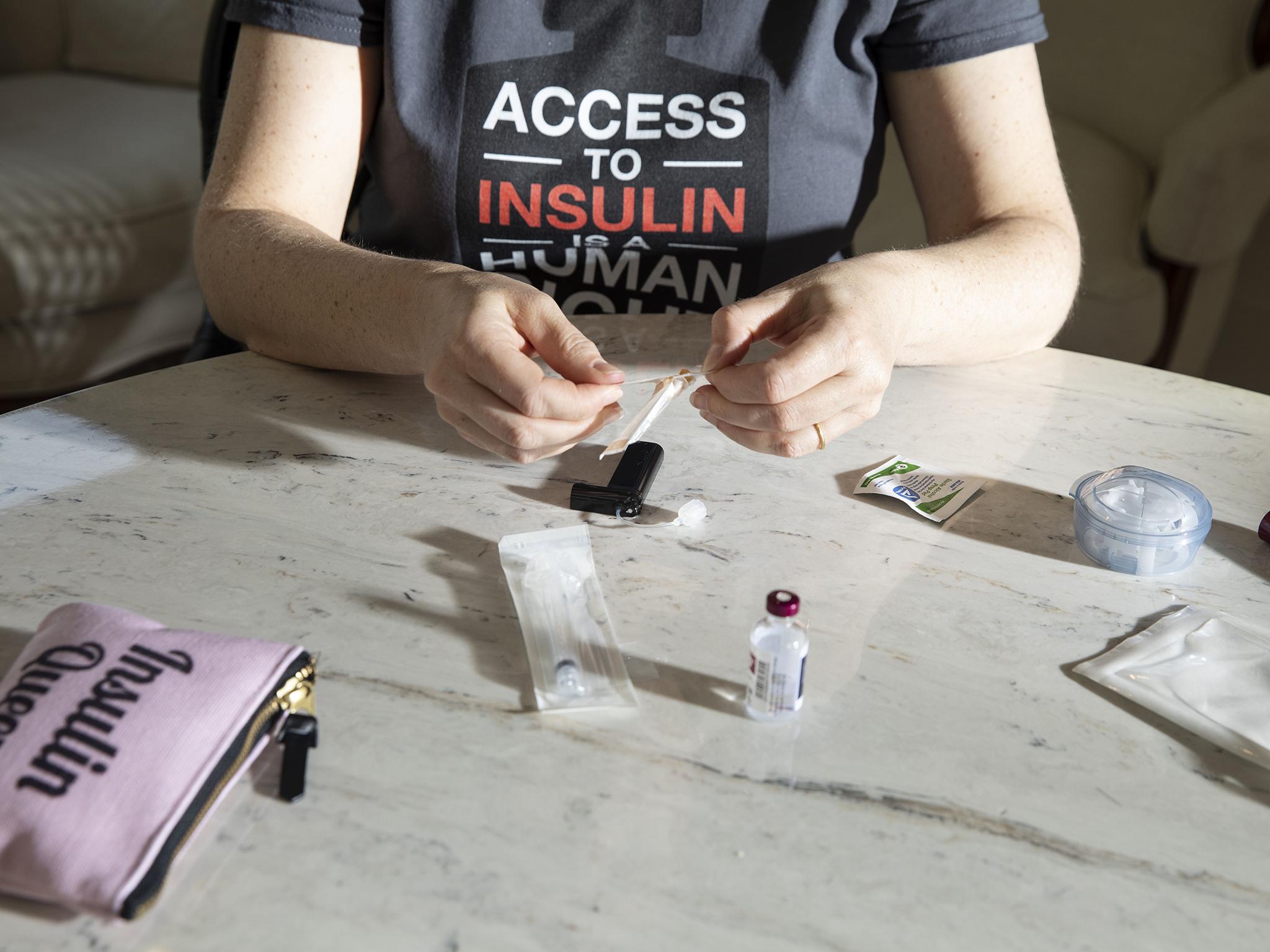
As their minivan rolls north, they feel their nerves kick in – but they keep on driving. At the wheel is Lija Greenseid, a rule-abiding Minnesota mum steering her Mazda5 on a cross-border drug run. Her daughter, who is 13, has type 1 diabetes and needs insulin. In the United States, it can cost hundreds of dollars per vial. In Canada, you can buy it without a prescription for a tenth of that price.
So, Greenseid led a small caravan last month to the town of Fort Frances, Ontario, where she and five other Americans paid about $1,200 (£950) for drugs that would have cost them $12,000 in the US. “It felt like we were robbing the pharmacy,” says Quinn Nystrom, a type 1 diabetic who joined the caravan that day. “It had been years since I had 10 vials in my hands.”
They’re planning another run to Canada this month to stock up on insulin – and to call attention to their cause. This time, they’ll be taking the scenic route, driving from Minnesota through Wisconsin, Illinois, and Michigan en route to London, Ontario, where insulin was discovered nearly a century ago.
Like millions of Americans, Greenseid and Nystrom are stressed and outraged by the rising costs of prescription drugs in the US – a problem Republicans and Democrats alike have promised to fix. Insulin is a big part of the challenge. More than 30 million Americans have diabetes, according to the American Diabetes Association. About 7.5 million, including 1.5 million with type 1 diabetes, rely on insulin. Between 2012 and 2016, the cost of insulin for treating type 1 diabetes nearly doubled, according to the nonprofit Health Care Cost Institute.
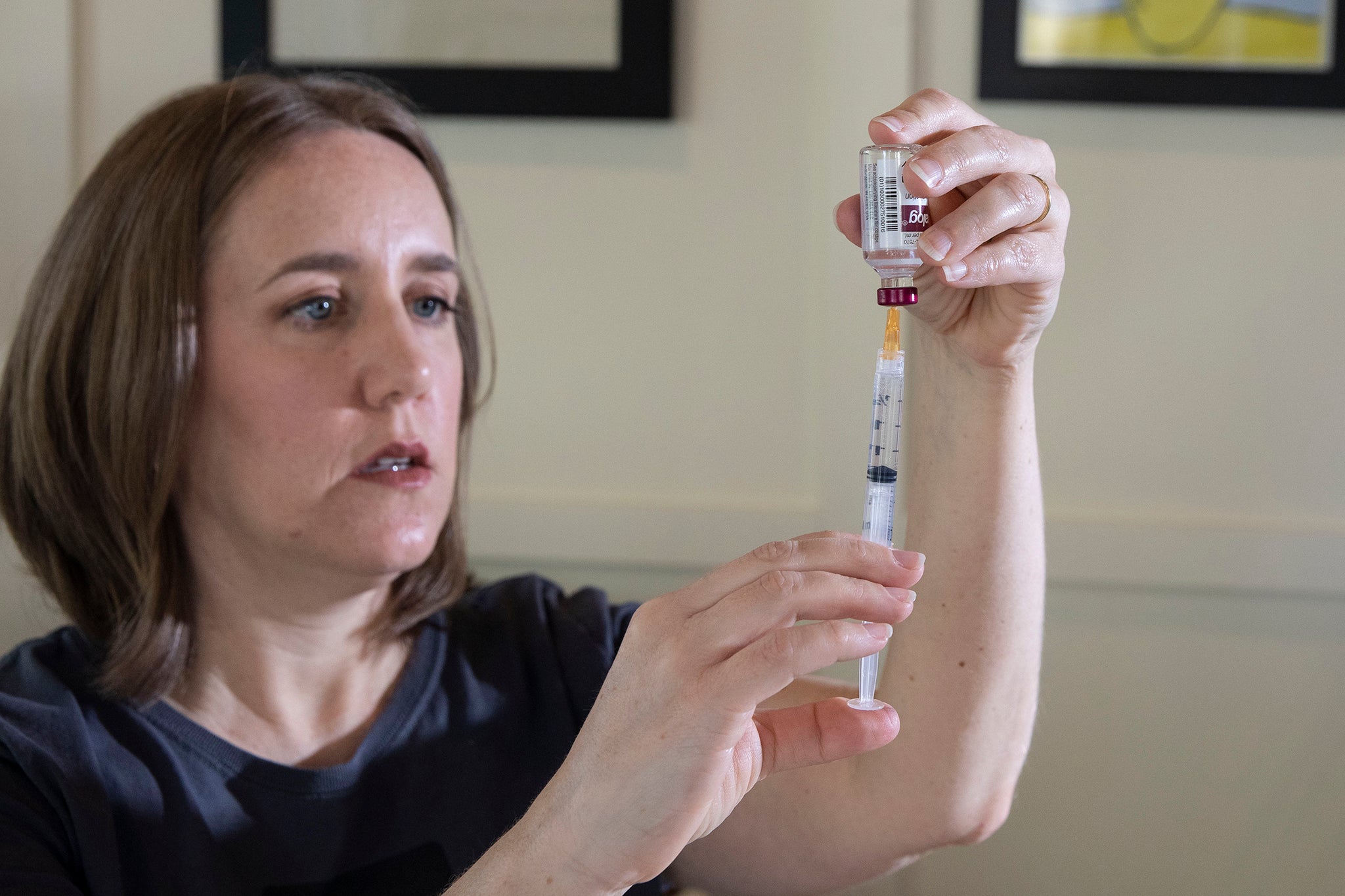
Some pharmaceutical companies, under pressure from US lawmakers, have tried to reduce the cost for some patients. But many who rely on insulin still struggle. Large numbers resort to rationing – a dangerous and sometimes deadly practice. Some diabetics and their families are taking matters into their own hands. They meet in coffee shops and strip mall parking lots to exchange emergency supplies. An unknown number travel outside the country to buy the lifesaving drug for less.
None of this is recommended by US officials, and some of it might be illegal under Food and Drug Administration guidelines. But the organisers of the caravan – their word, a nod to the migrants travelling in groups through Mexico to the US border – are speaking out about their trip because they want Americans to see how drug prices push ordinary people to extremes.
“When you have a bad healthcare system, it makes good people feel like outlaws,” Greenseid says. “It’s demeaning. It’s demoralising. It’s unjust.” The caravaners aren’t the only ones looking north. Republicans and Democrats have produced federal and state proposals to import drugs from Canada. Those ideas aren’t necessarily popular in Ottawa, where many worry that bulk buys from the US could cause shortages or drive up prices.
Barry Power, director of therapeutic content with the Canadian Pharmacists Association, says the group is tracking both US drug-buying proposals and reports of cross-border trade closely, but has yet to see a disruption to Canadian insulin supplies. He says insulin prices in Canada are controlled through policy, including price caps and negotiations with manufacturers.
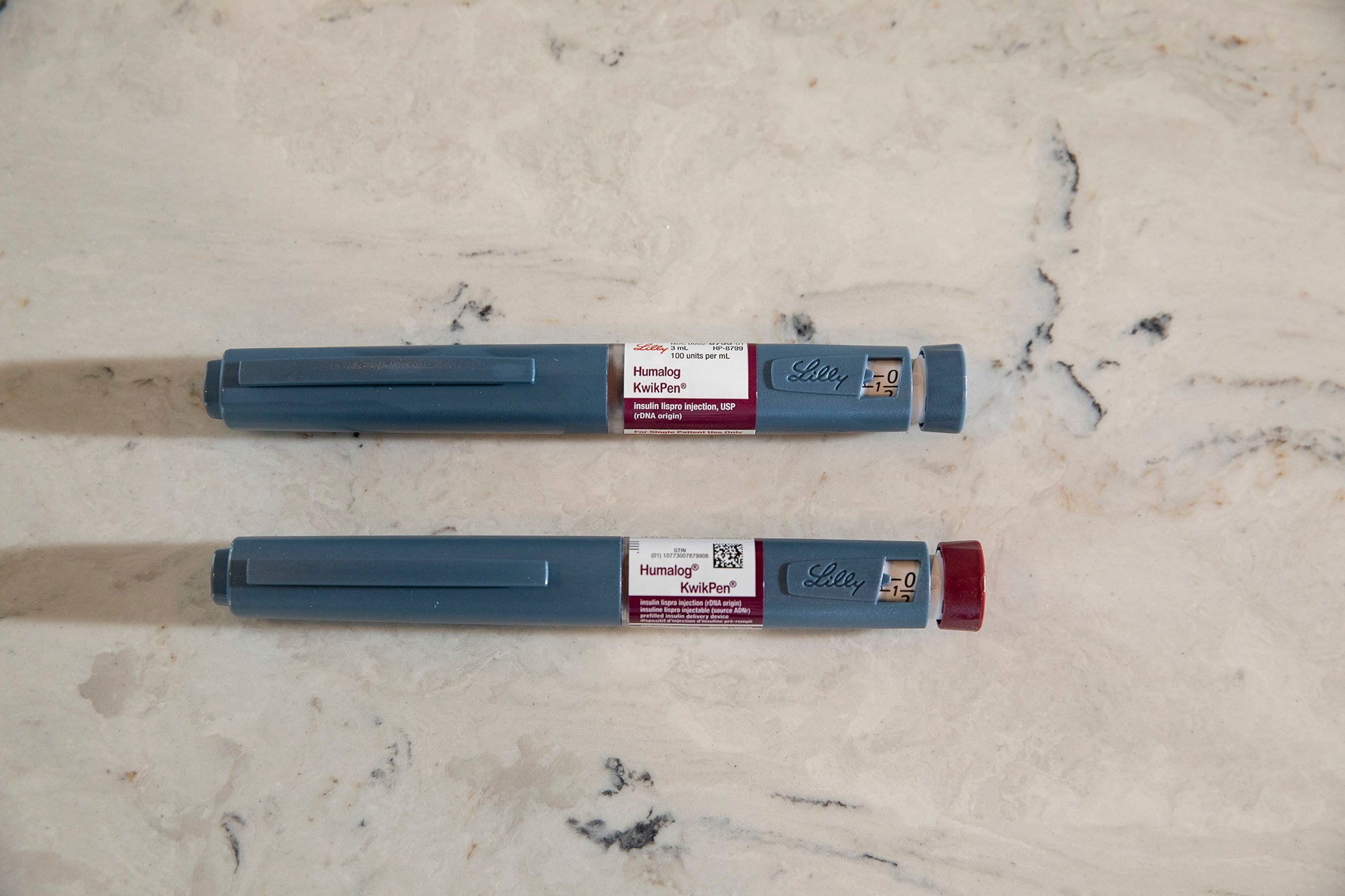
“This is something the US could do,” he says. When the Canadian scientist Frederick Banting co-discovered insulin in the early 1920s, he baulked at commercialising it because it seemed unethical to profit from a critical drug. He eventually sold his share of the patent to the University of Toronto for $1, in the hope the drug would remain widely accessible.
In the nearly 100 years since, insulin has become a lifeline for millions. But the price in the US has surged in ways its discoverers could not have predicted. When Nystrom was diagnosed with diabetes as a child in the late 1990s, she says, her family paid about $15 to $20 a vial. Now, at 33, she sometimes pays more than $300 for the same amount.
$300
The average price of one vial of insulin
Nicole Smith-Holt, who drove north with Greenseid and Nystrom, says her son spent about $1,000 per month on the drug. Alec Raeshawn Smith, an uninsured type 1 diabetic, rationed his insulin supply due to cost, his mother says. He died in 2017.
Elizabeth Pfiester is a founder and executive director of T1International, a British-based nonprofit that advocates for people with type 1 diabetes around the world. “It’s kind of a myth that America has the best healthcare system in the world, because it is set up to allow Americans to go bankrupt or die because they can’t afford their medicine,” she says.
Pfiester grew up in the United States. One of the reasons her organisation is based overseas, she says, is because the cost of treating her diabetes in the United States is so high. “What I think is quite clear is that these companies will charge what they can get away with,” she says. “They have been able to get away with costs going up because of a broken and opaque healthcare system.”
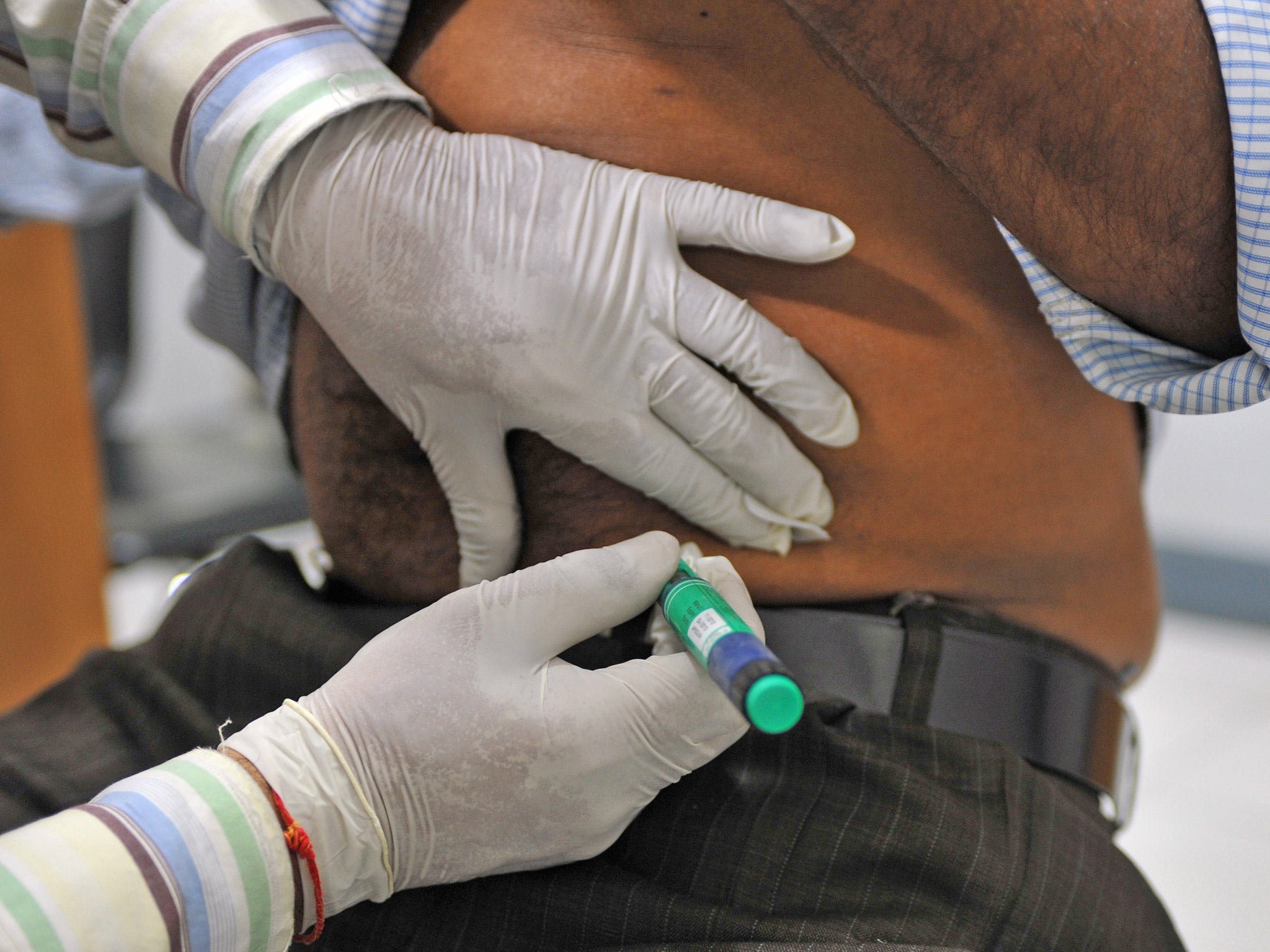
Holly Campbell, a spokeswoman for the Pharmaceutical Research and Manufacturers of America, notes that drug companies are increasingly offering rebates on insulin in the US – but they aren’t always reaching consumers. “Too often, these negotiated discounts and rebates are not shared with patients, resulting in the sickest patients paying higher out-of-pocket costs to subsidise the healthy,” she says. “This is the opposite of how health insurance is supposed to work.”
Too often, these negotiated discounts and rebates are not shared with patients, resulting in the sickest patients paying higher out-of-pocket costs to subsidise the healthy
Greenseid, who has purchased insulin for her daughter in six countries, says US prices stand out as not just high, but unpredictable. As people bounce between insurance plans and navigate rebates, she says, you often “have no idea how much you are going to pay”.
In the US, you can buy some types of insulin without a prescription. But to get the newer analogue insulin on which type 1 diabetics rely, you need to visit or call your doctor. If Nystrom forgets to pack enough for an extended trip, she says, she needs to get her endocrinologist on the phone. In Canada, she can walk into a pharmacy and get the analogue insulin she needs.
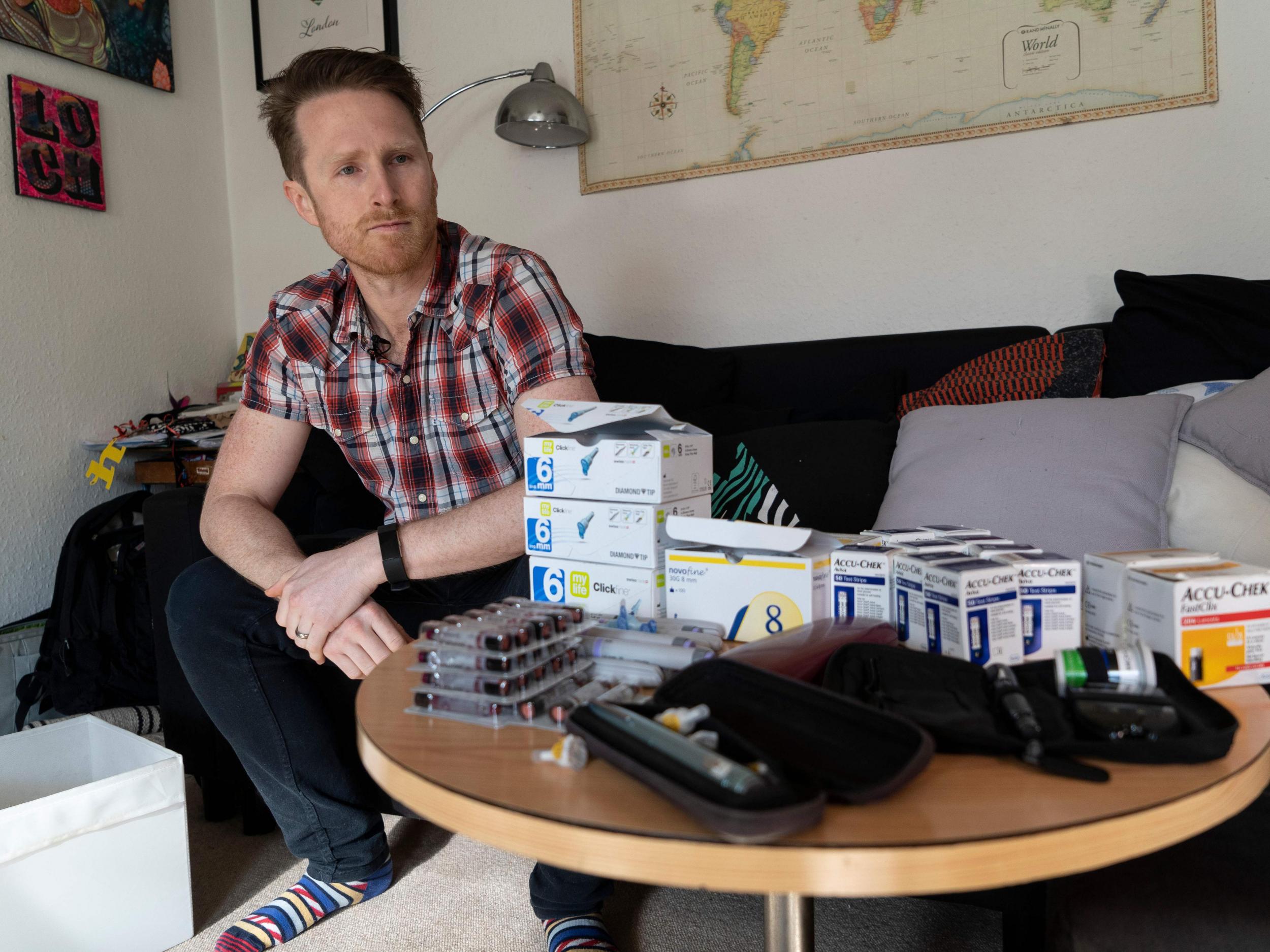
“The attitude up there is: ‘Why would someone buy insulin if they didn’t need it?’” Nystrom says. On their first trip north, the caravaners received support from Canadians, they say, but also accusations that they were looting drug supplies. “We heard a lot of comments like, ‘Canada needs to put up a wall,’” Smith-Holt says. “I was like, ‘Oh, come on.’”
Before the group set out for Fort Frances, they called ahead to check that the local pharmacy had enough to fill their order without disrupting supply. They see buying in Canada as a short-term emergency measure and a way to call attention to US pricing – not the answer. “I don’t think that the solution is going outside the United States,” Greenseid says. “The reason they have lower prices is because they have put in regulations to make sure their citizens are not paying too much. We have not yet made that decision in the US.”
LaShawn McIver is a senior vice president for government affairs and advocacy at the American Diabetes Association. “Insulin is not a luxury, it is a matter of life and death,” she says. “Action to reduce the high out-of-pocket costs that endanger the lives of the millions of Americans who depend on this medication is critical and urgently needed.”

Caitlin B Oakley, a spokeswoman for the Department of Health and Human Services, which oversees the FDA, says the Trump administration is focused on lowering drug prices. “President (Donald) Trump and (health) secretary (Alex) Azar are firmly committed to getting drug prices down,” she says. “They are both very open to the importation of prescription drugs as long as it can be done safely and can deliver real results for American patients.”
Until things change, the caravaners say, they’ll keep driving. Their first trip led to queries from families across the country, they say, including type 1 diabetics, parents of children with diabetes and family members supporting elderly relatives with diabetes. Some want to join. So when they head north in a few weeks, they’ll switch from family cars to a chartered bus.
© Washington Post
Join our commenting forum
Join thought-provoking conversations, follow other Independent readers and see their replies
Comments
Bookmark popover
Removed from bookmarks